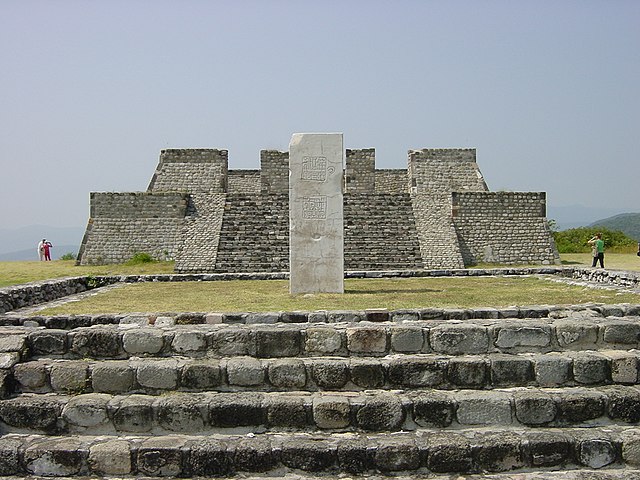Summary
The Splendor of Xochicalco
Xochicalco is an ancient Mesoamerican site steeped in history and cultural significance. Nestled in the rugged terrain of Morelos, Mexico, it captivates visitors with its impressive stone structures. The name Xochicalco translates to “Place of the Flower House,” hinting at the site’s former beauty and importance. It flourished during the Epiclassic period, around 700-900 AD, a time of great change in Mesoamerica. Xochicalco’s strategic location enabled it to become a thriving hub for commerce, culture, and astronomy. The site’s main attractions include the Pyramid of the Plumed Serpent and well-preserved ruins that reveal intricate carvings and architecture. These structures provide a window into the past, showcasing the advanced urban planning and the society’s cosmopolitan nature.
Get your dose of History via Email
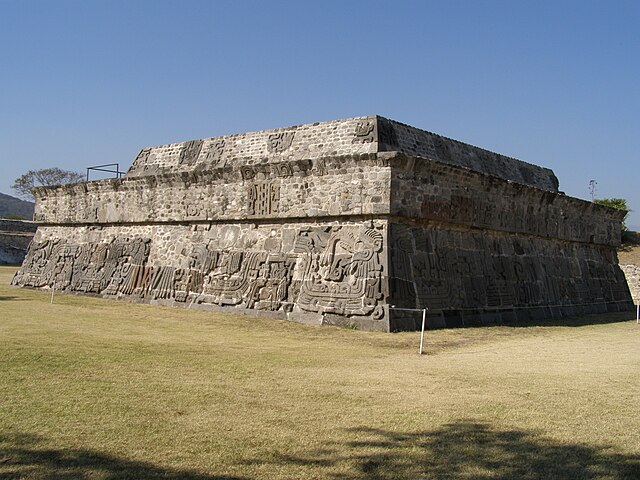
Educational and Cultural Legacy
Exploring Xochicalco offers a deep dive into the educational and cultural legacy of its inhabitants. The site’s observatory, believed to be one of the earliest in Mesoamerica, indicates a sophisticated understanding of astronomy. The relics demonstrate their insights into celestial phenomena and timekeeping precision. Xochicalco also served as a melting pot for ideas and artistic exchange, evidenced by the varied styles reflected in the artifacts found on site. The city’s monumental architecture and intricate relief work signify its importance as a religious and political center. Visitors gain an appreciation for the site’s role in the development of Mesoamerican civilization and the transmission of knowledge across generations.
Preservation of a World Heritage Site
Designated as a UNESCO World Heritage site, Xochicalco remains a testament to human ingenuity and resilience. Conserved efforts are underway to maintain the integrity and splendor of this historical gem. Tourism and education play a critical role in its preservation, sparking global interest and providing resources for ongoing research and maintenance. As a living classroom, Xochicalco continues to inform and inspire, bridging the past with the present. The careful stewardship of Xochicalco ensures that future generations can experience its majestic beauty and learn from the rich history it symbolizes.
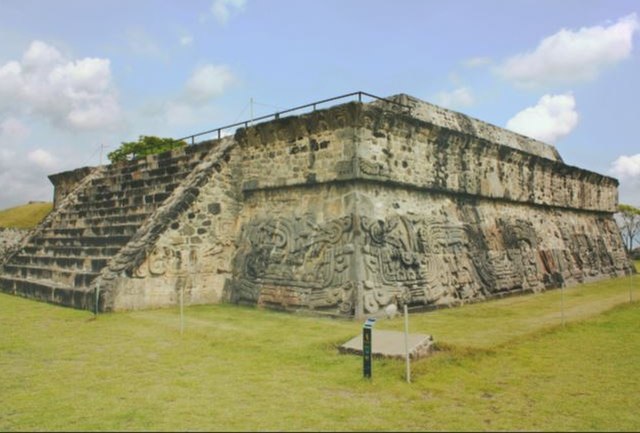
Historical Background of Xochicalco
An Introduction to Xochicalco’s Origins
Xochicalco is not just a historic site; it is a cultural heritage that tells the story of pre-Columbian Mesoamerica. The site served as a fortification and ceremonial center that thrived between 650 and 900 AD. Strategically positioned on a hilltop, it provided a commanding view and defense against potential threats. The area’s inhabitants, whose identities remain partially shrouded in mystery, created a complex society with sophisticated astronomical knowledge. This placed Xochicalco at the forefront of technological and cultural exchange in its time.
The Architectural Marvels of an Ancient City
The ruins at Xochicalco are notable for their grandeur and intricate design. They depict the engineering prowess of the ancient city’s builders. The main pyramid, known as the Pyramid of the Plumed Serpent, is particularly impressive, showcasing detailed stone carvings that remain in excellent condition. Additionally, the site’s well-planned urban layout includes a ball court, living quarters, and a series of interconnected plazas. Each component of the city was carefully crafted, symbolizing the inhabitants’ deep understanding of urban design.
As a hub of trade and cultural fusion, Xochicalco played a critical role in disseminating artistic, religious, and commercial innovations. Notably, it connected the highlands of central Mexico with the southern coastal regions. This allowed for the intermingling of ideas and practices that expanded their influence. The city’s wealth and power were evident through the artifacts and structures that have been unearthed by archaeologists.
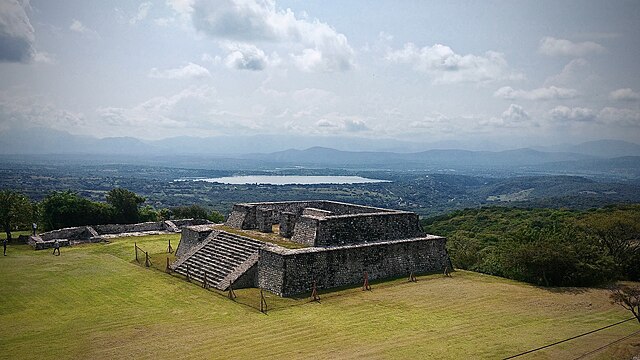
The Spiritual Significance of Xochicalco
The spiritual life of Xochicalco’s people was rich and complex, as seen in their religious edifices. The site’s observatory stands as a testament to the spiritual and astrological significance astronomy held in their culture. The careful alignment of the observatory allowed for the tracking of the sun during certain periods of the year. These observations likely played a part in their agricultural calendar and religious ceremonies, underscoring a civilization deeply in tune with cosmic rhythms.
Today, Xochicalco is not only a window into the past but also a bridge to understanding the roots of Mesoamerican history. It continues to spark the curiosity of historians, researchers, and visitors alike. As a UNESCO World Heritage site, Xochicalco’s preservation is crucial for it provides invaluable insights into a long-gone era that shaped the history of the Americas. The conservation of this site is a matter of pride and responsibility, ensuring that its stories and achievements will not be forgotten.
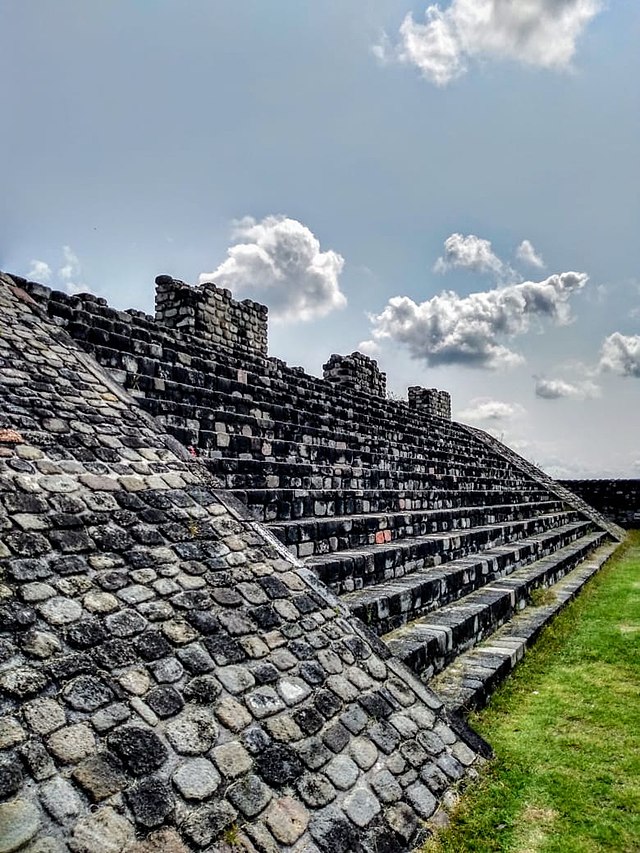
The Discovery of Xochicalco
Unearthing the Ancient Splendor
Xochicalco first caught the eye of modern scholars in the late 18th century. By the 19th century, explorers and historians began to take notice of the ruins. It was, however, Adolph Bandelier, an archaeologist with a keen interest in Mesoamerican cultures, who brought Xochicalco’s importance to light. Bandelier visited the site in the 1880s, documenting the extensive remains for further study. His work laid the groundwork for future research at this ancient city.
Toward Archaeological Recognition
It wasn’t until the 20th century that systematic archaeological exploration began at Xochicalco. Led by Mexican archaeologists, the first projects focused on mapping and excavating the site. They uncovered intricate carvings, grandiose buildings, and evidence of societal complexity. These findings shifted the perceptions of Xochicalco from mere ruins to an essential chapter in Mesoamerican history.
The work of tracing Xochicalco’s historical narratives continued throughout the century. Each new excavation uncovered additional layers of its rich past. Tools, pottery, and artifacts were found, giving us a glimpse into the daily lives of its inhabitants. As research progressed, Xochicalco’s significance in trade, politics, and astronomy became increasingly clear.
World Heritage Recognition and Preservation
In 1999, UNESCO designated Xochicalco as a World Heritage site, cementing its importance to global history. This recognition brought international attention and funding, vital for its conservation. Today, efforts are made to preserve the physical site and its historical legacy. Scholars and tourists alike delve into its depths, learning about the people who once called it home.
The discovery and exploration of Xochicalco is a timeline that bridges the ancient and modern worlds. Its rise from relative obscurity to global prominence shows how history can awaken our curiosity and respect for past civilizations. Xochicalco stands proudly today, inviting the world to uncover and celebrate its stories.
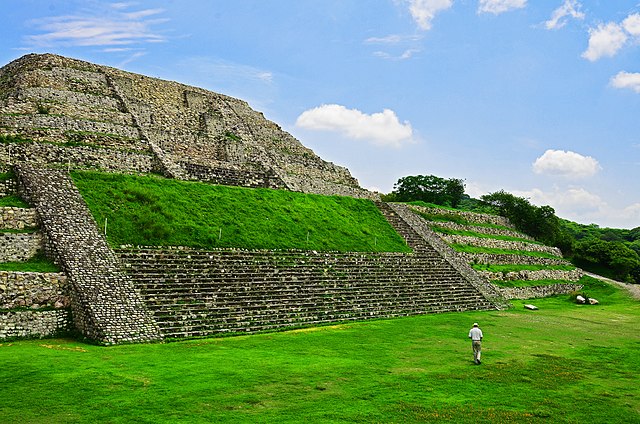
Cultural Significance, Dating methods, Theories and Interpretations
The Heartbeat of Mesoamerican Culture
Xochicalco’s ruins tell a story of cultural convergence that resonated through Mesoamerica. Its strategic location fostered interactions among diverse civilizations, making it an epicenter for trade and cultural exchange. The site’s iconography and architecture reflect a blend of influences, from Maya to Zapotec to Olmec. This melting pot of cultures underscores its role in shaping regional dynamics. Xochicalco’s ballgame court, for example, symbolizes the cultural and ritualistic importance of the game throughout Mesoamerica. The observatory, too, illustrates the civilization’s dedication to celestial understanding and spirituality, embodying the significance of astronomy in their cultural framework.
Dating the Legacy of Xochicalco
Unraveling the timeline of Xochicalco has relied on various dating methods, including stratigraphy and radiocarbon dating. By examining the layers of earth in which objects were found, researchers have been able to establish a chronological order of the city’s development. Radiocarbon dating of organic materials, such as charcoal found in ceremonial centers, has helped pinpoint the years when Xochicalco flourished. These methods collectively place the peak of Xochicalco’s development in the Epiclassic period, around 700 to 900 AD. They pinpoint a time when the site wielded power and influence across Mesoamerica.
Theories regarding Xochicalco’s fall from prominence abound. Scholars suggest climate change, resource depletion, or conflicts may have played a role. However, evidence to solidly back any single theory remains elusive. These speculations offer a glimpse into potential challenges the city faced. They also allow us to reflect on the resilience and innovation of the site’s inhabitants.
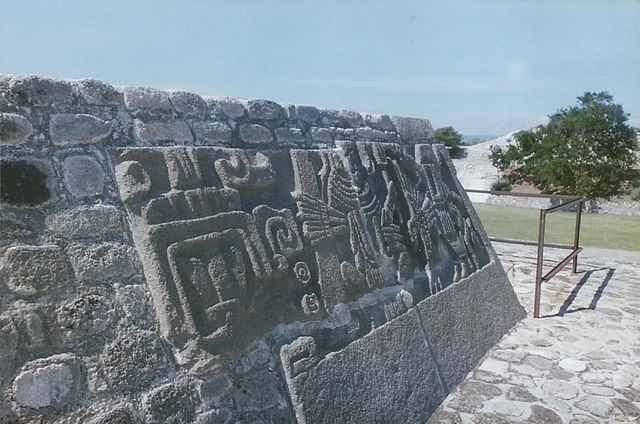
Interpreting Xochicalco’s Symbols and Structures
Xochicalco’s carvings and layouts are rich with symbols, many of which offer insights into the city’s social and religious beliefs. The Plumed Serpent, a deity common in Mesoamerica, represents the mingling of the earthbound and the divine. Interpretations of these symbols suggest a civilization deeply in tune with natural and supernatural realms. Furthermore, Xochicalco’s structures, akin to other Mesoamerican pyramids, seem aligned with astronomical events. These alignments hint at the importance of cosmic cycles in the planning and ritual practices of the city, reflecting a society that revered the stars and their movements.
As academics continue to dissect and debate the meanings behind Xochicalco’s relics, the site remains a testament to human creativity and adaptability. Its intricate designs and complex infrastructure are enduring attractions for visitors and historians alike. They offer a canvas for ongoing interpretations that enliven the story of this ancient city. While our understanding of Xochicalco continues to evolve, its cultural significance as a centerpiece of Mesoamerican history remains undeniable.
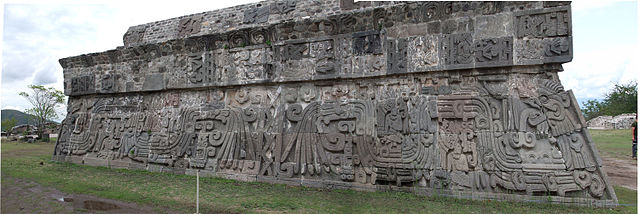
Conclusion and Sources
In the vast tapestry of Mesoamerican history, Xochicalco stands out as a testament to the ingenuity and spirit of ancient societies. Through examining its ruins, we have gleaned insights into the commerce, culture, and astronomic sophistication that characterized this site. Its strategic position for trade, the amalgamation of artistic styles, and the emphasis on cosmic observation speak to a society both complex and advanced. Xochicalco not only mirrored the dynamics of its time but also influenced the course of regional development. While the site continues to be a focus of research and interpretation, its enduring legacy is undisputed—showcasing the brilliance of a civilization that once flourished and its lasting impact on our understanding of the past.
Smithsonian Institution (2017). “Xochicalco: The wealth and power of a Mesoamerican trading center.” Retrieved April 15, 2023, from https://www.si.edu
UNESCO World Heritage Centre. (n.d.). “Ancient City of Xochicalco.” Retrieved April 15, 2023, from https://whc.unesco.org/en/list/939
National Institute of Anthropology and History (INAH). (2020). “Xochicalco Archaeological Zone.” Retrieved April 15, 2023, from https://www.inah.gob.mx
García, M. (2019). “Cultural significance of the Ballgame in Mesoamerica.” Mesoamerican Studies, 11(2), 1-21.
Fox, J. G. (2018). “The Observatories of Ancient Mesoamerica.” Journal of Astronomical History and Heritage, 21(3), 225-238.

